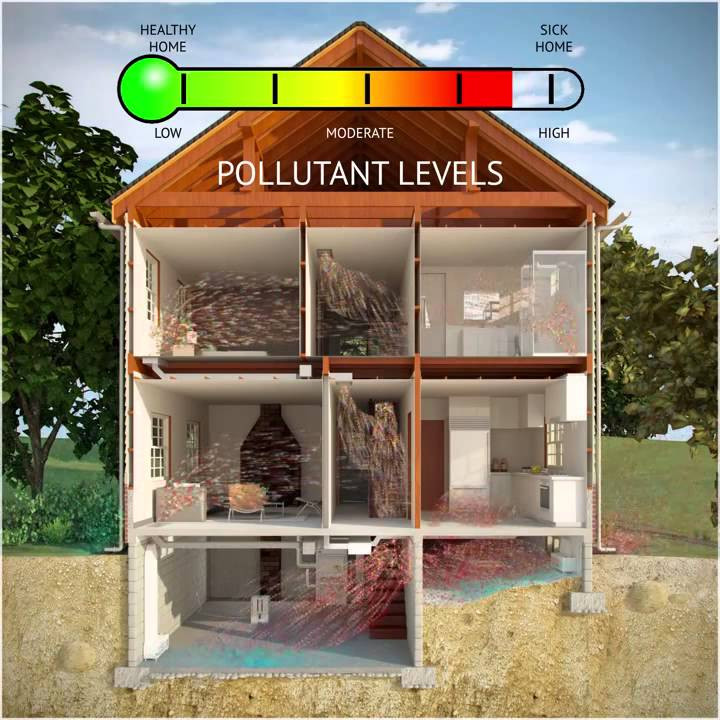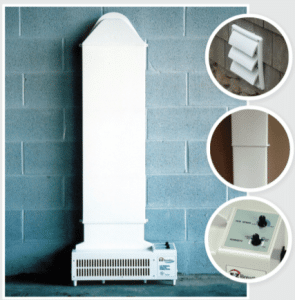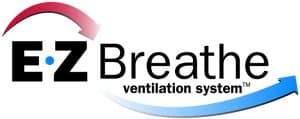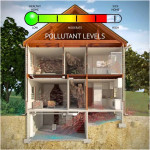Unveiling Indoor Air Pollutants Identifying and Mitigating Health Risks
Indoor air pollutants are substances that contaminate the air within buildings, negatively affecting the health and well-being of occupants. As individuals spend a significant amount of time indoors, understanding and addressing these pollutants is crucial. From household products to building materials, various sources contribute to indoor air pollution. In this article, we will explore common indoor air pollutants, their health risks, and strategies to mitigate their impact.
Volatile Organic Compounds (VOCs)
VOCs are chemicals emitted as gases from a wide range of products, including paints, solvents, cleaning supplies, adhesives, and furniture. Long-term exposure to VOCs can lead to respiratory irritation, headaches, allergic reactions, and even more serious health issues. To minimize VOC exposure, opt for low-VOC or VOC-free products, ensure proper ventilation when using such products, and allow newly purchased items to off-gas in a well-ventilated area before bringing them indoors.
Formaldehyde
Formaldehyde is a colorless gas found in building materials, furniture, and household products. It is released over time, particularly from pressed wood products, carpets, and upholstery. Prolonged exposure to formaldehyde can cause respiratory problems, eye irritation, and allergic reactions. To reduce formaldehyde levels, choose low-formaldehyde or formaldehyde-free products, improve ventilation, and use air purifiers with activated carbon filters to trap and remove formaldehyde particles.
Particulate Matter
Particulate matter (PM) consists of tiny particles suspended in the air, including dust, pollen, pet dander, and combustion byproducts. Fine particles (PM2.5) can penetrate deep into the lungs, leading to respiratory issues, aggravated asthma, and cardiovascular problems. Regular cleaning, using high-efficiency air filters in HVAC systems, and minimizing the use of products that release particles can help reduce PM levels indoors.
Mold and Mildew
Mold and mildew thrive in damp and poorly ventilated areas, such as bathrooms, basements, and kitchens. Inhalation or contact with mold spores can cause allergic reactions, and respiratory problems, and worsen existing conditions like asthma. To prevent mold growth, maintain low humidity levels (below 50%), fix any water leaks promptly, improve ventilation, and use dehumidifiers in moisture-prone areas.
Tobacco Smoke
Secondhand smoke from cigarettes or other tobacco products is a significant indoor air pollutant that poses serious health risks. Exposure to tobacco smoke increases the risk of respiratory infections, asthma, lung cancer, and other respiratory illnesses. The best approach to eliminate this pollutant is to prohibit smoking indoors entirely and designate smoking areas outdoors, away from windows and entrances.
Radon
Radon is a naturally occurring radioactive gas that can seep into buildings through cracks in the foundation. Prolonged exposure to radon can significantly increase the risk of lung cancer. Testing for radon is essential, and if elevated levels are detected, mitigation measures such as sealing cracks, improving ventilation, or installing a radon mitigation system should be implemented.
Biological Pollutants
Biological pollutants include bacteria, viruses, dust mites, pet dander, and pollen. These allergens can trigger respiratory allergies, worsen asthma symptoms, and lead to infections. Regular cleaning, maintaining proper humidity levels, using air purifiers with HEPA filters, and practicing good hygiene (such as regular handwashing and pet grooming) can help control and reduce biological pollutants.
Indoor air pollutants can significantly impact our health and well-being. By understanding the sources and risks of these pollutants, we can take proactive steps to mitigate their effects. Implementing.
Contact the Professionals at EZ Breathe Today! 866-822-7328





